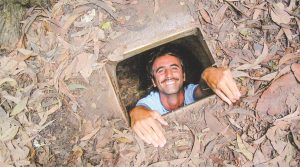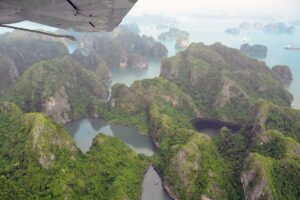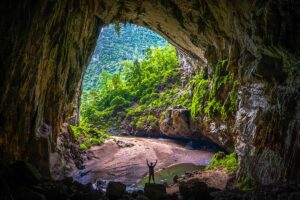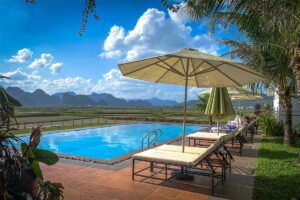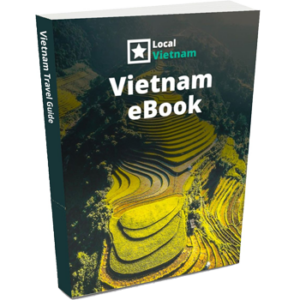If you’re interested in the history of the Vietnam War, visiting Vietnam War sights is a must. There are countless sites across Vietnam that offer a glimpse into the war, from the infamous Cu Chi Tunnels to the haunting My Lai Massacre Memorial. These sights allow you to learn about the war from a local perspective and gain a deeper understanding of the conflict.
The DMZ, Long Tan Cross, and Hill 55 are just a few of the many Vietnam War sights that offer a unique and thought-provoking experience. The War Remnants Museum in Ho Chi Minh City and the Reunification Palace are also must-visit sites for those interested in learning about the war. Visiting these Vietnam War sights is a powerful and emotional experience that gives you a new perspective on the war and its impact on Vietnam and the world.
1. Cu Chi Tunnels
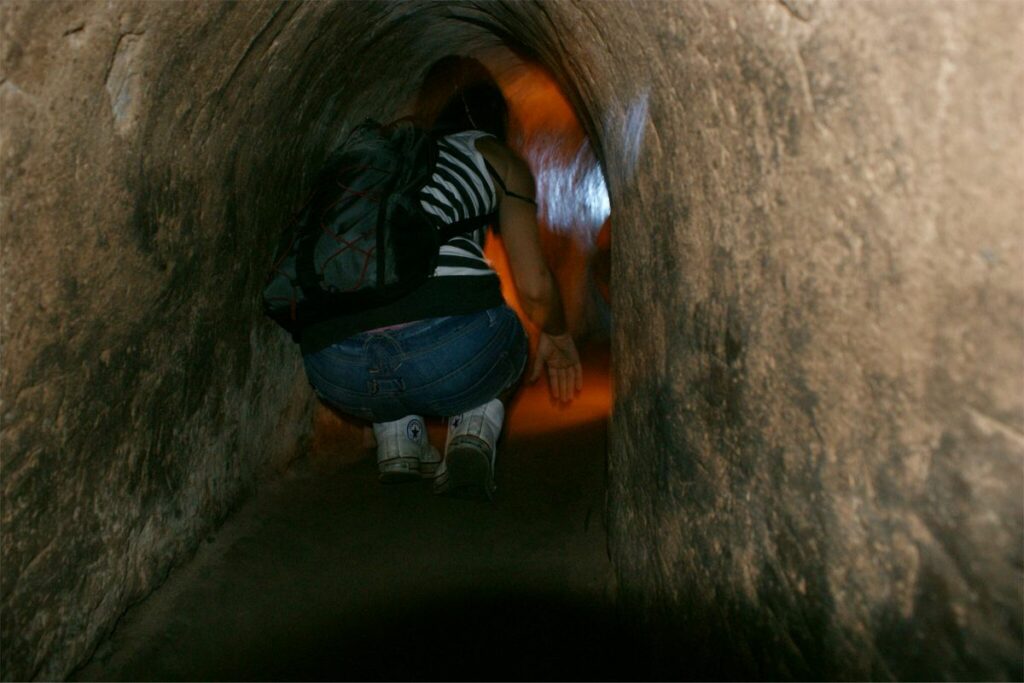
The Cu Chi Tunnels are an impressive Vietnam War sight to visit due to their historical significance and unique underground tunnel system. Used by the Viet Cong during the war, the tunnels were used for communication, supply routes, and hiding spots from the enemy. You can crawl through a section of the tunnels, view booby traps and underground chambers, and learn about the life of the soldiers who lived in the tunnels.
2. War Remnants Museum
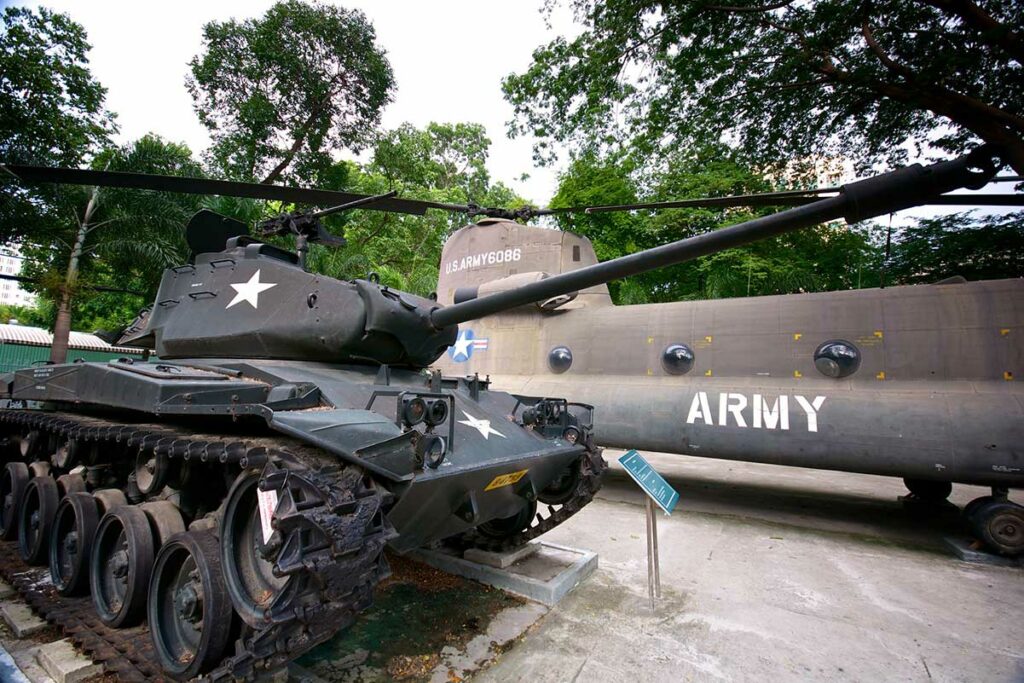
The War Remnants Museum provides an eye-opening look into the devastating effects of the war on the Vietnamese people and the country as a whole. The museum displays graphic photographs, artifacts, and documents that illustrate the horrors of war, including the use of chemical weapons, the effects of Agent Orange, and the brutality of the My Lai massacre. The museum also showcases the resilience and courage of the Vietnamese people during this difficult period in their history.
3. Hanoi Hilton
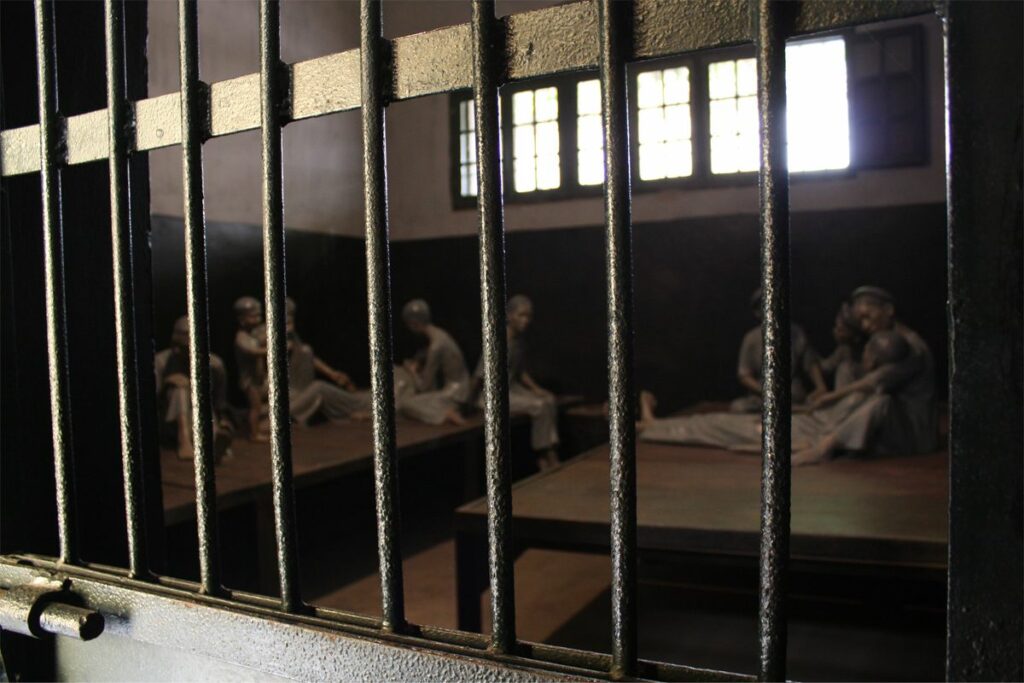
The Hanoi Hilton, formally known as Hoa Lo Prison, is a historic prison in the center of Hanoi that was used by French colonialists and the North Vietnamese Army during the Vietnam War to hold political prisoners. The prison is famous for housing American prisoners of war, including Senator John McCain, who was shot down over Hanoi in 1967 and spent several years at the prison. Today, the Hanoi Hilton is a museum that offers visitors a chance to learn about the history of the prison and its role in the Vietnam War.
5. DMZ (Demilitarized Zone)
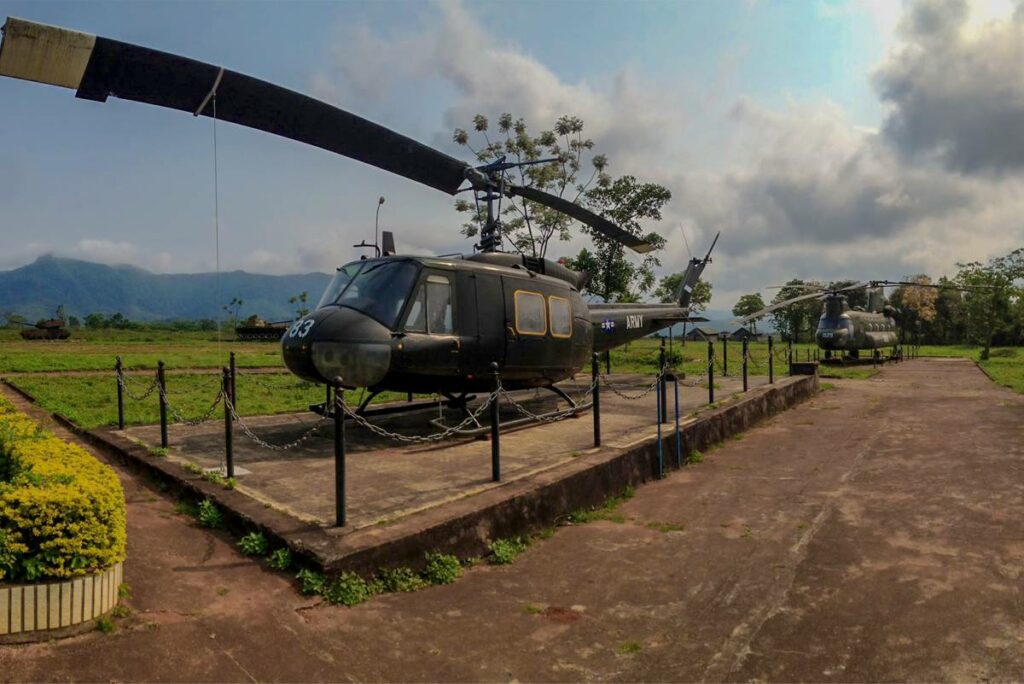
The DMZ (Demilitarized Zone) was a heavily fortified area that separated North and South Vietnam during the Vietnam War. It was the site of many significant battles, including the Battle of Khe Sanh and the Tet Offensive, and was a key strategic area during the conflict. Visiting the DMZ allows one to witness the remnants of the war, including tunnels, bunkers, and other military installations, and gain a deeper understanding of the conflict and its impact on the region.
Additionally, the DMZ served as a symbol of the division between North and South Vietnam and the eventual reunification of the country, making it a historically significant site to visit.
The DMZ consist actually of different Vietnam War sights you can visit:
- Vinh Moc Tunnels: An intricate network of tunnels used by the North Vietnamese Army as a hideout from the US bombing campaign.
- Khe Sanh Combat Base: A US Marine Corps outpost that was the site of a major battle in 1968.
- Hien Luong Bridge: A bridge over the Ben Hai River that marked the dividing line between North and South Vietnam during the war.
- Dong Ha Town: A town that was heavily bombed during the war and played a significant role in the Tet Offensive.
- The Rockpile: A towering hill that was used by the US Army as an observation post during the war.
6. Reunification Palace
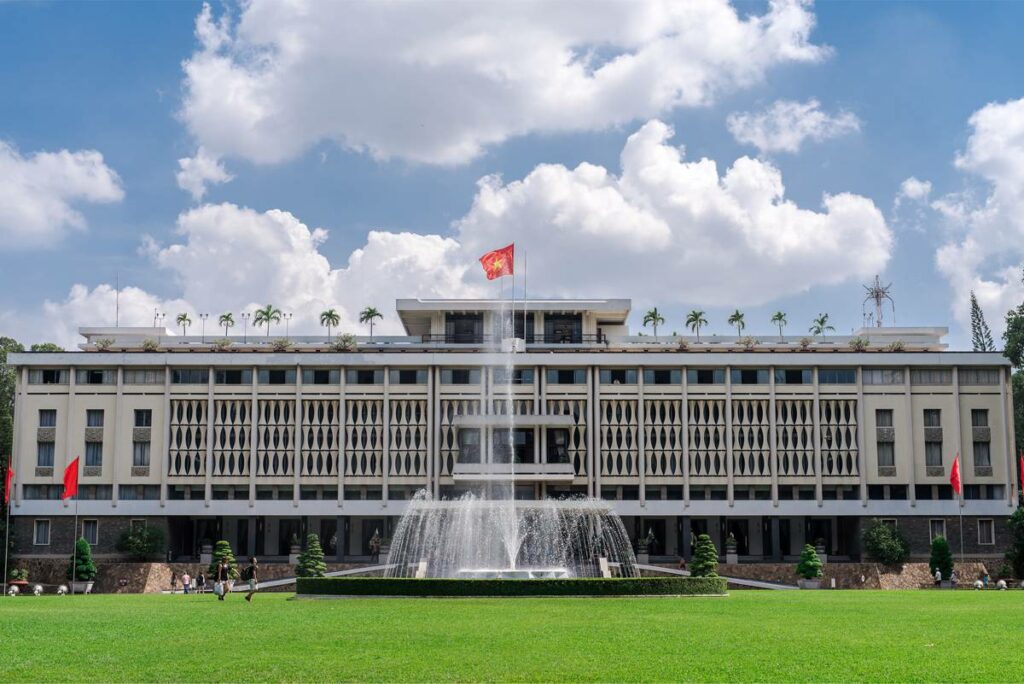
The Reunification Palace is an important and interesting Vietnam War sight to visit. The palace was the site of the end of the Vietnam War, and it played a significant role in the war as the headquarters of the South Vietnamese government. The palace also served as a location for important meetings and events during the war, and it contains many artifacts and exhibits related to the conflict. Overall, the Reunification Palace is a must-see destination for anyone interested in the Vietnam War.
7. Da Nang’s Vietnam War sights
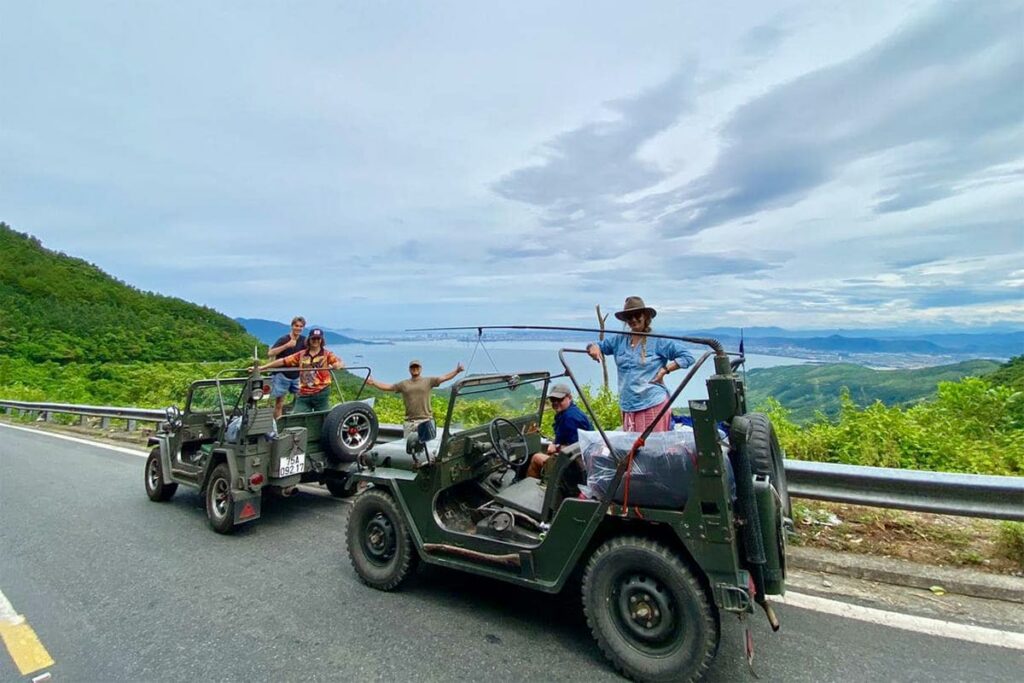
Da Nang, now one of Vietnam’s largest cities known for its modern buildings and popular beaches, played a significant role in the Vietnam War as a major hub of military activities. Because there is little left of these Vietnam war sights, we have combined them.
- Hai Van Pass – This mountain pass, situated between Da Nang and Hue, was of strategic importance during the war. It was the boundary between the American and Vietnamese-controlled areas. There are still some bunkers on top of the pass. It is also considered the most stunning coastal road in Vietnam and a great way to ride her is by old american army jeeps.
- Marble Mountains – Although the Marble Mountains are primarily known for their natural beauty and temples that are inside the cave, they also played a role during the war. The mountains housed several military installations, including tunnels and caves used by the Viet Cong. You can explore these tunnels and see remnants of the war era.
- My Son Sanctuary is a ancient temple complex of the Cham people and now a UNESCO World Heritage site. During the Vietnam War it was heavily bombed due to its proximity to the Ho Chi Minh Trail and the Viet Cong hiding here. While some structures and ruins remain, the site still bears the scars of the war, and you can also still see some bomb craters.
- Hill 55 – Hill 55, located 13 kilometers southwest of Da Nang, was a strategic base during the Vietnam War, serving as a major U.S. Marine Corps outpost. Today, visiting Hill 55, you can see remnants such as trenches, bunkers, and the remnants of defensive positions, offering a glimpse into the military history of the area.
8. Con Dao Prison
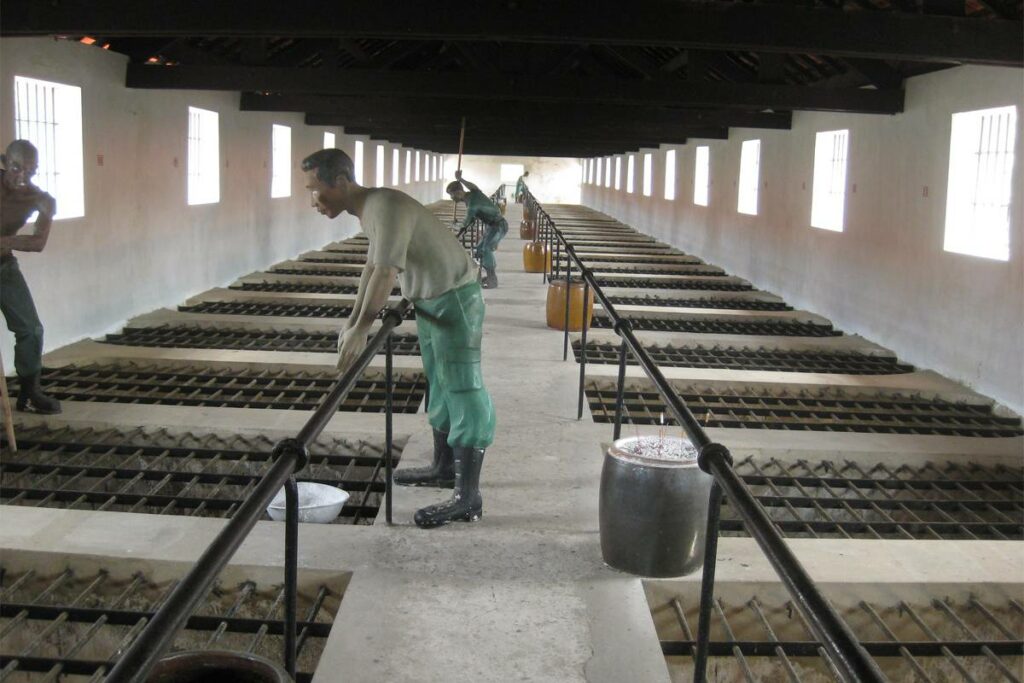
Con Dao Prison, also known as Phu Hai Prison, was a notorious prison complex used by the French colonizers and later by the South Vietnamese government to imprison political prisoners, including communist soldiers and sympathizers during the Vietnam War. The prison was known for its brutal conditions, including torture and forced labor, and many prisoners died from mistreatment.
During the war, the prison was expanded to hold even more prisoners, and it became a symbol of the brutal repression used by the South Vietnamese government against its own people. Many of the former prisoners and guards at Con Dao have since spoken out about the atrocities that occurred there.
Visiting Con Dao Prison can be a sobering and eye-opening experience for those interested in learning more about the Vietnam War and the human toll of political repression. The prison is now a museum, and visitors can see the original cells, torture chambers, and other facilities used to hold and mistreat prisoners. The prison is located on Con Son Island, which is accessible by plane or ferry from the mainland.
9. Central Highlands Vietnam War sights
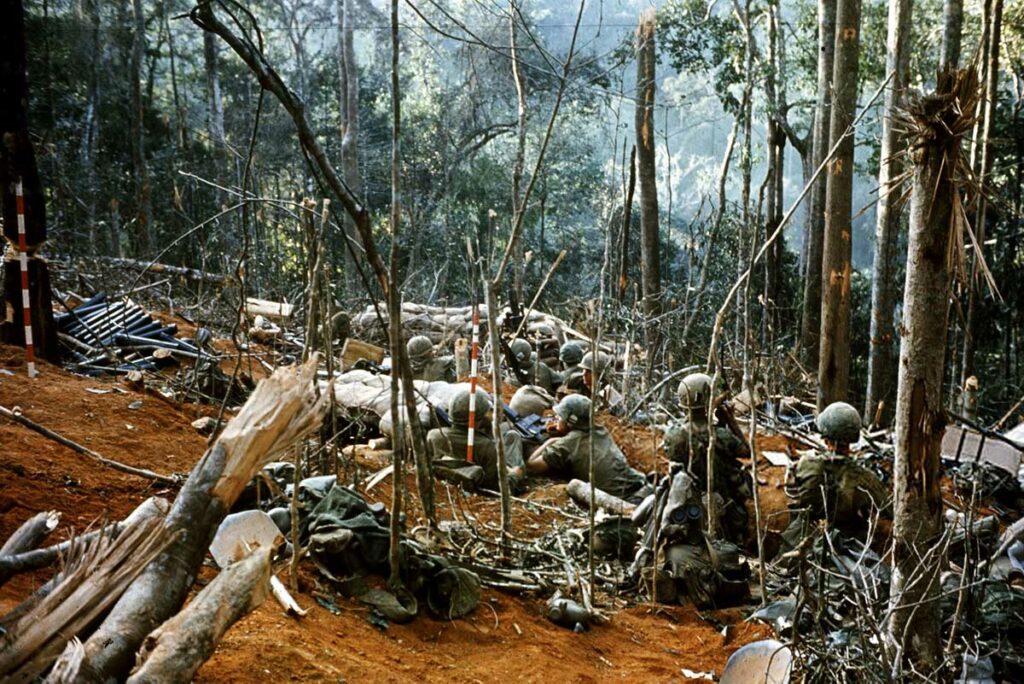
Similar to Da Nang, many of the Vietnam War sights in the central highlands have faded away, overgrown, crumbled, and forgotten over time. However, the Central Highlands region was the place where some of the most fierce fighting was during the war and it still offers a few places to visit, such as:
- Dak To Special Forces Camp and Dak to Hill (Hill 875): Though not fully preserved, traces of Dak To Special Forces Camp can be found, including bunkers and trenches, providing glimpses into the intense fighting that took place in the area.
- Kontum Museum: A part of the the Kontum Museum showcases artifacts and history related to the Vietnam War in the Central Highlands, offering insights into the region’s specific experiences during the conflict.
- Pleiku Airport: This airport was once a significant military base, today, there are no visible traces of the war remaining at the airport, as it serves as a modern hub for travelers in the region.
10. Vietnam War memorials
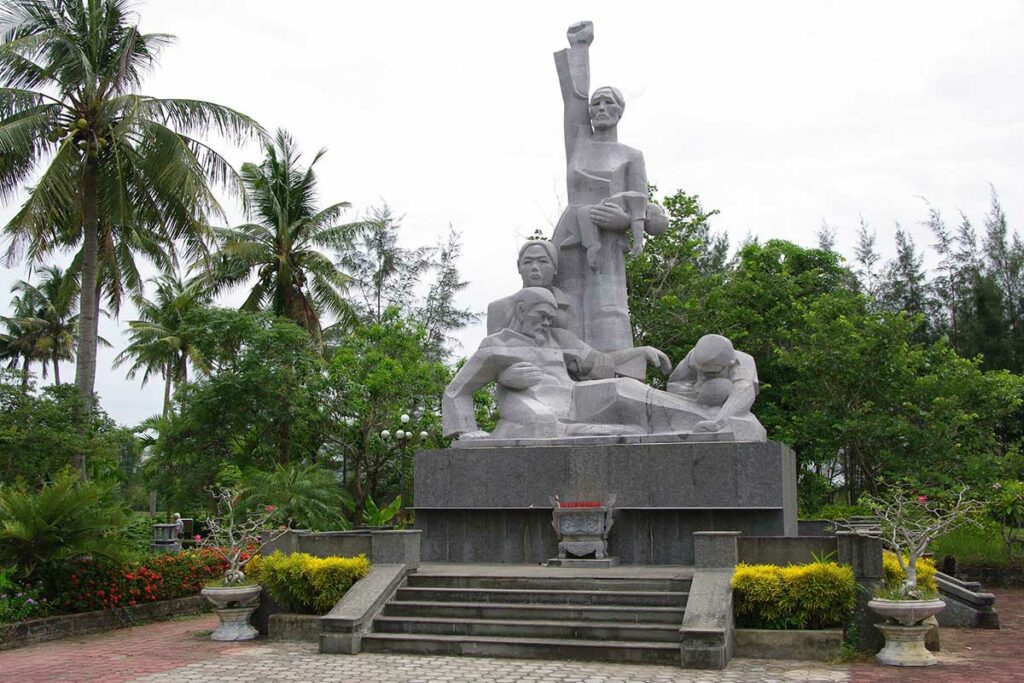
- My Lai Massacre Memorial is a site in Quang Ngai Province that commemorates the killing of unarmed civilians by American soldiers during the war.
- Long Tan Cross is a memorial site located in the former Australian task force area of Phuoc Tuy Province, Vietnam. It commemorates the Battle of Long Tan, a significant engagement between Australian troops and the Viet Cong during the Vietnam War.
- Truong Son Cemetery near the former Demilitarized Zone (DMZ) is dedicated to honoring the soldiers and volunteers who fought and sacrificed their lives on the Ho Chi Minh Trail during the Vietnam War. It serves as a final resting place for many Vietnamese soldiers who lost their lives in the region.
